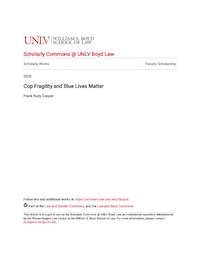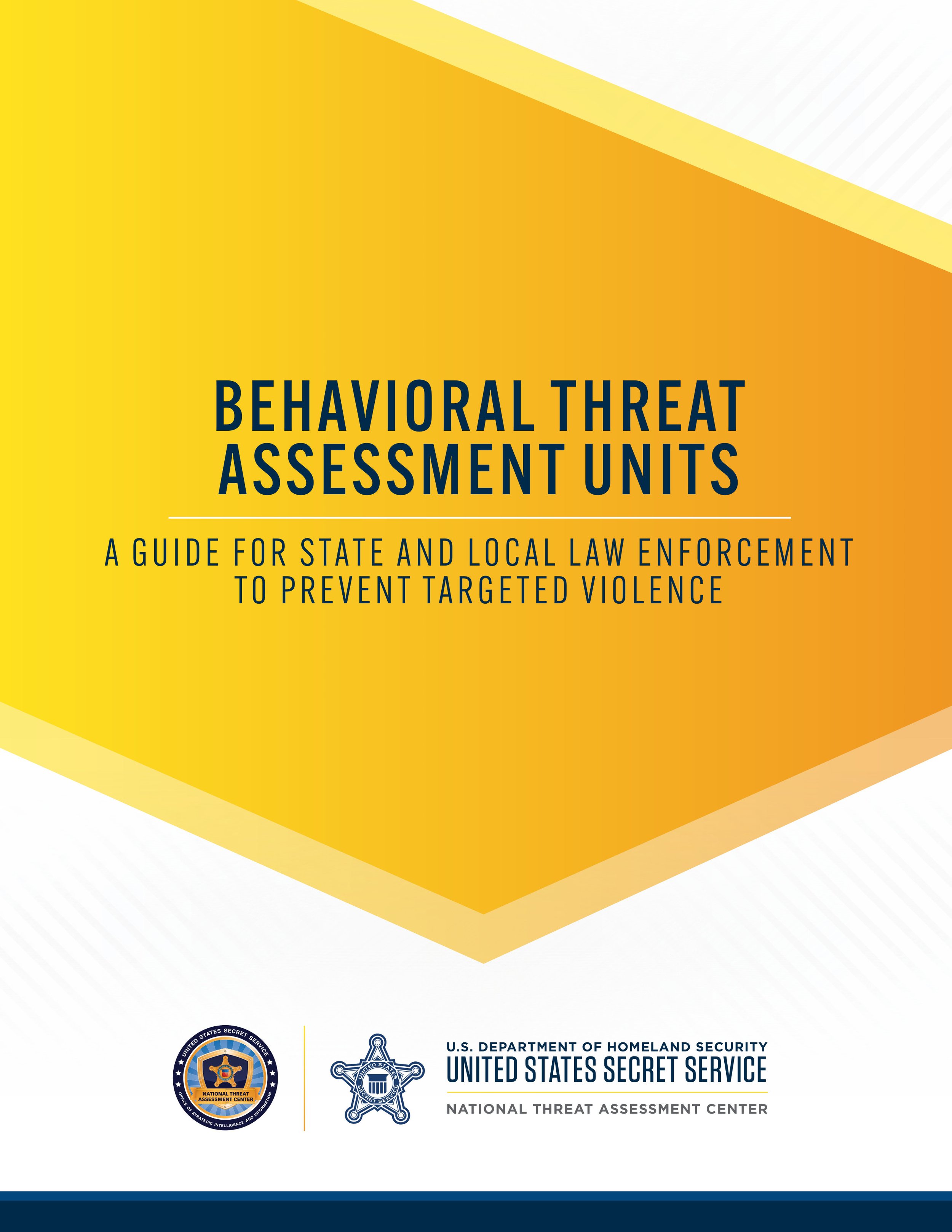By Michael Vitoroulis, Cameron McEllhiney, Liana Perez
In the 2010s, viral videos of seemingly routine police encounters depicting tragedy have sent shockwaves through both communities and law enforcement agencies across the country, setting off a national conversation on the relationship communities have with law enforcement. At the national level, these encounters have coincided with reduced public confidence in American policing, particularly among youth and minority populations. While low levels of trust have existed in certain communities throughout history, the most recent wave of high-profile incidents has prompted widespread calls to meaningfully address issues of community concern, such as officer-involved shootings and excessive force, discriminatory policing, aggressive crime fighting strategies, and accountability for misconduct. Across the nation, law enforcement leaders, academics, and government officials have seemingly reached a consensus that addressing such issues with a focus on public trust and legitimacy is integral to fair and effective public safety in an increasingly diverse nation. The response by governments, law enforcement executives, community groups, and technical advisors to the challenge of mending police-community relations has been significant. In the aftermath of unrest in Ferguson, Missouri, and elsewhere, then President Barack Obama established the Task Force on 21st Century Policing to identify policing practices that promote public safety and build community trust in law enforcement. The Final Report of the President’s Task Force on 21st Century Policing, published in May 2015, offered several recommendations, including many relating to public trust, procedural justice, and legitimacy; accountability and transparency; community policing efforts; and the inclusion of community members in policy development, training programs, and review of force incidents. In addition, the task force’s report recommended that civilian oversight of law enforcement be established in accordance with the needs of the community and input from local law enforcement stakeholders. Civilian oversight of law enforcement can contribute significantly to the implementation and institutionalization of many of the task force’s recommendations and further the development of public trust, legitimacy, cooperation, and collaboration necessary to improve police-community relations and enhance public safety. Community efforts to address the issue of police-community relations increasingly include civilian oversight of law enforcement as a means of building trust. Traditionally, high-profile incidents have spawned the creation of new or strengthened civilian oversight. However, decision makers in jurisdictions throughout the country are increasingly establishing civilian oversight proactively in recognition of its ability to promote public trust in law enforcement and reduce exposure to the risks of misconduct. At its core, civilian oversight can be broadly defined as the independent, external, and ongoing review of a law enforcement agency and its operations by individuals outside of the law enforcement agency being overseen. Civilian oversight may entail, but is not limited to, the independent investigation of complaints alleging officer misconduct, auditing or monitoring various aspects of the overseen law enforcement agency, analyzing patterns or trends in activity, issuing public reports, and issuing recommendations on discipline, training, policies, and procedures. Taken together, these functions can promote greater law enforcement accountability, increased transparency, positive organizational change, and improved responsiveness to community needs and concerns. By acting as an independent and neutral body reviewing the work of the law enforcement agency and its sworn staff, civilian oversight of law enforcement offers a unique element of legitimacy that internal accountability and review mechanisms simply cannot. Because civilian oversight agencies operate outside of the overseen law enforcement agency, and report to local stakeholders outside of its chain of command, the findings and reports of an oversight agency are free from the real or perceived biases that are often the source of mistrust in a law enforcement agency’s internal systems. Similarly, a civilian oversight agency’s impartiality, neutrality, and adherence to findings of fact can alleviate officer skepticism in internal systems and bolster procedural fairness within the law enforcement agency as a whole. The organizational structure and authority of civilian oversight agencies in the United States varies widely. While civilian oversight agencies can be broadly categorized into review-focused, investigation-focused, or auditor/monitor-focused models, no two oversight agencies are exactly alike. There is no one-size-fits-all approach that makes one form of civilian oversight better than another.6 Effective civilian oversight systems will reflect the particular needs of their local partners and incorporate feedback from community members, law enforcement and their unions, and government stakeholders in order to achieve the most sustainable and appropriate structure. As the field of civilian oversight grows in sophistication, many cities are combining various aspects of traditional oversight models to produce “hybrid” forms best suited for their local context.
While the establishment of civilian oversight alone cannot restore law enforcement’s legitimacy, it is difficult, if not impossible, to maintain public trust without it. As such, developing effective and adequately resourced civilian oversight is among the several strategies that must be employed to rebuild community relations with law enforcement. This report is intended to provide the reader with the information necessary to better understand civilian oversight, its principles, and its history; discuss effective practices; and guide communities in the establishment of sustainable civilian oversight mechanisms. The first half of this report provides a brief overview of the history of civilian oversight, the features of traditional oversight models, and original insights on trends and developments on the current state of the field. This includes information on the geography of civilian oversight, patterns in oversight agency functions and authority, oversight staffing and resourcing, oversight agency access to department records and information, and developments in community outreach functions performed by oversight agencies across the country. This information is intended to fill existing gaps in the literature on civilian oversight and provide stakeholders with a broader understanding of the contemporary civilian oversight landscape. The second half of this report focuses on the principles that underlie effective civilian oversight and the recommended practices that bolster an oversight agency’s ability to adhere to these principles. In total, this report offers 73 recommendations across 16 core areas of civilian oversight, such as independence, access to information, processing and managing complaints, analyzing law enforcement policies and data, issuing public reports, evaluating a civilian oversight agency, and performing community outreach. These recommendations have been developed with input from seasoned oversight professionals throughout the country and include commentary as well as additional references that can assist in their implementation. While these recommendations do not cover all aspects of civilian oversight, stakeholders should take them into consideration and determine their propriety in their local contexts. As a whole, this report is one of many ongoing efforts to expand and improve civilian oversight of law enforcement throughout the country. Moving forward, additional research and resources from a variety of sources are still necessary to develop further guidance and understanding of this rapidly growing and evolving field.
Washington, DC: Office of Community Oriented Policing Services, 2021. 176p.





















